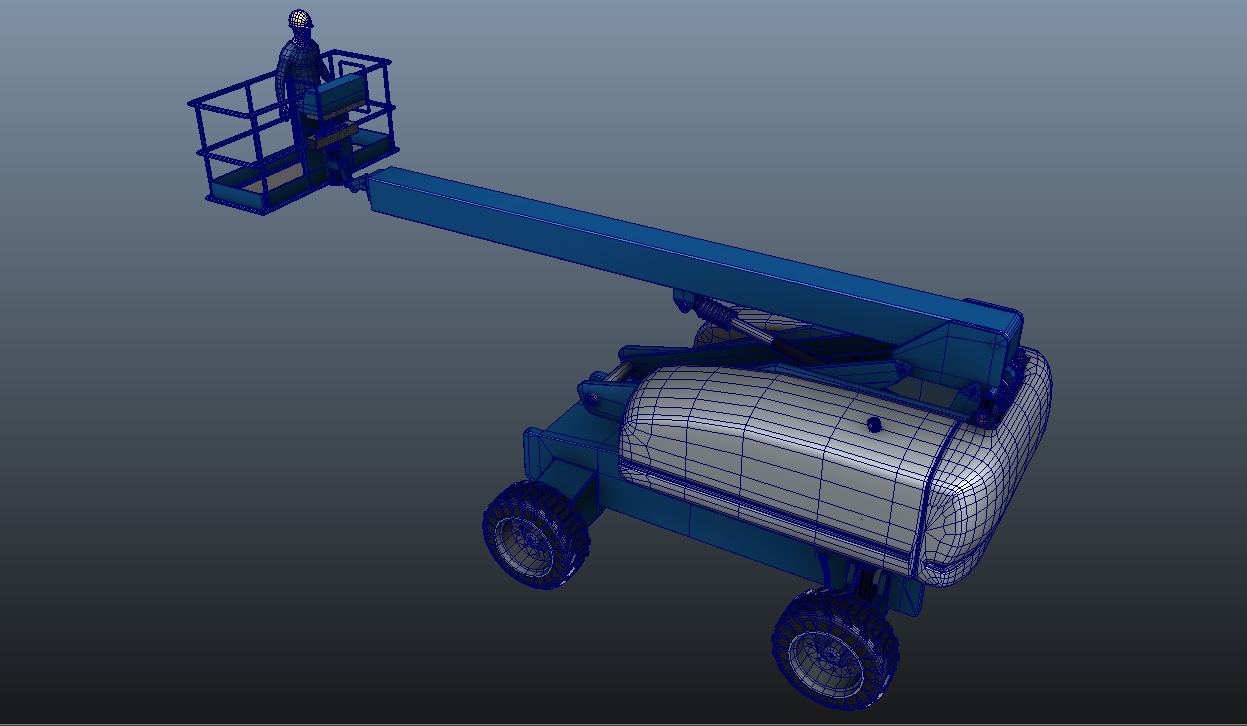
Filaments can be manufactured with the addition of various filler particles with functional properties that enable the fabrication of functional structures.Ĭonductivity is achieved with various conductive fillers, based on conductive carbon nanomaterials and metals that are mixed with a thermoplastic matrix to ensure the printability of the composite material. Filament FFF materials must exhibit a melting point in the working temperature range of the FFF 3D printer and a suitable viscosity so the material can be melted and extruded through the nozzle. Sequentially deposited traces of melted material in horizontal layers form the fused printed structure. With a new insight into the electrical behavior of the conductive material, process optimizations and new design strategies can be implemented for the single-process FFF of functional smart structures.Ĭombining multi-material fused-filament fabrication (FFF) and functional composite materials enables the fabrication of an object with embedded functional elements (sensorics, actuation, heating, and energy storage, etc.) in a single-step printing process.įFF 3D printing is based on the deposition of the melted filament feedstock onto the build surface. 40% lower than the nominal value of the filament. With the insight gained, the optimal printing strategy resulted in a resistivity that was approx.

The experimental results helped us to understand the mechanisms of the conductive network’s formation and its degradation. In addition, conductor embedding and post-printing heating of the conductive material are researched. The effect of the printing-process parameters on the electrical performance is thoroughly investigated (six parameters, >40 parameter values, >200 conductive samples) to find the highest conductivity of the printed conductors. This study looks at the Electrifi filament for applications in printed electrical conductors. In contrast to the sensors, the connecting electrical wires have to have a relatively low resistivity, which is limited by the availability of highly conductive FFF materials and FFF process conditions. For fully embedded sensors in single-process FFF dynamic structures, the connecting electrical wires also need to be printed. Sensors measuring dynamic mechanical quantities, like strain, force, and acceleration, typically require conductive filaments with a relatively high electrical resistivity. Recently, single-process fused-filament fabrication (FFF) sensors for dynamic mechanical quantities have been presented. With recent developments in additive manufacturing (AM), new possibilities for fabricating smart structures have emerged.



 0 kommentar(er)
0 kommentar(er)
